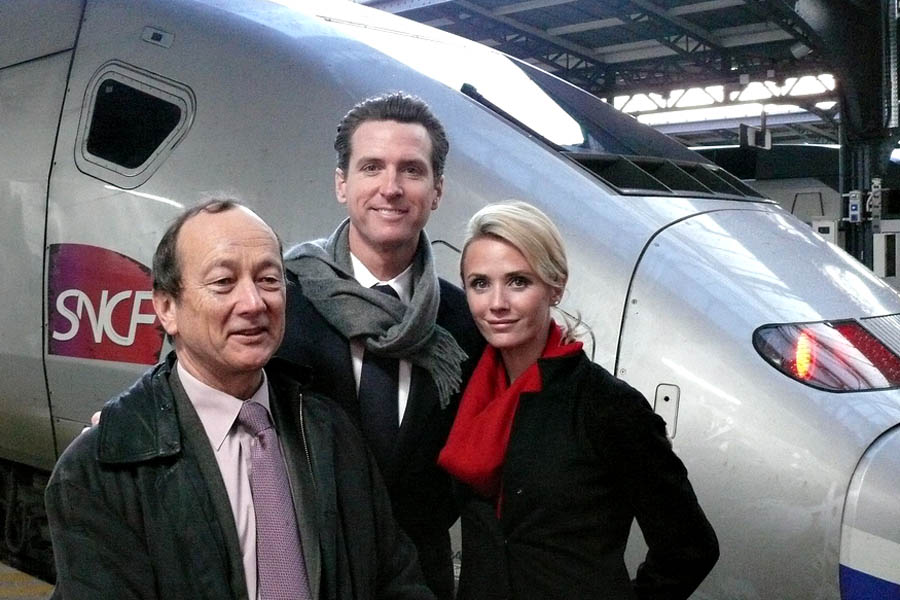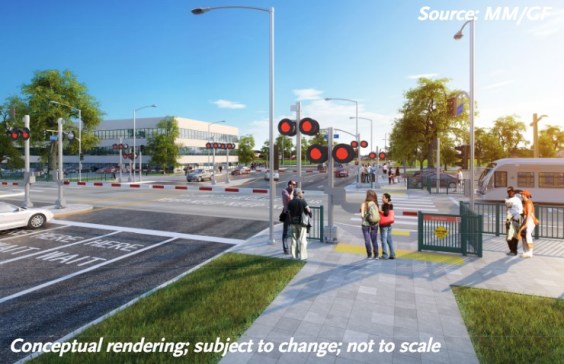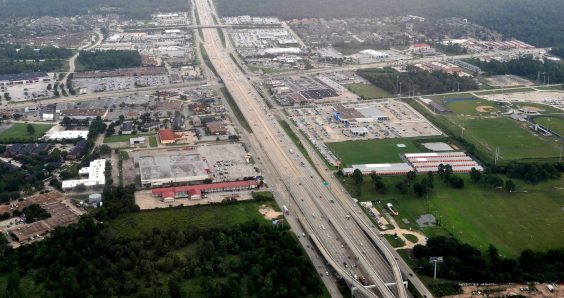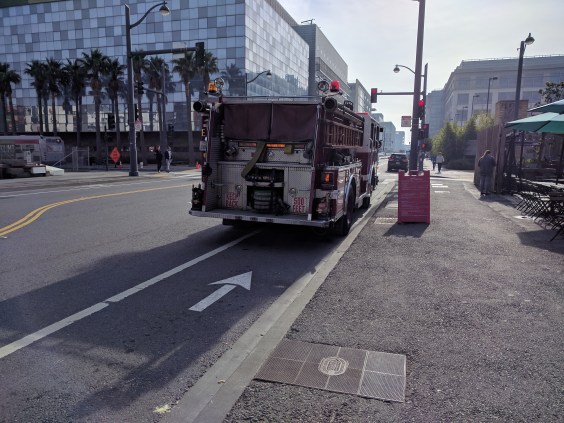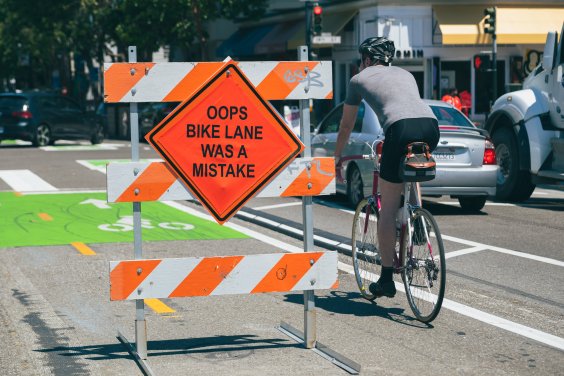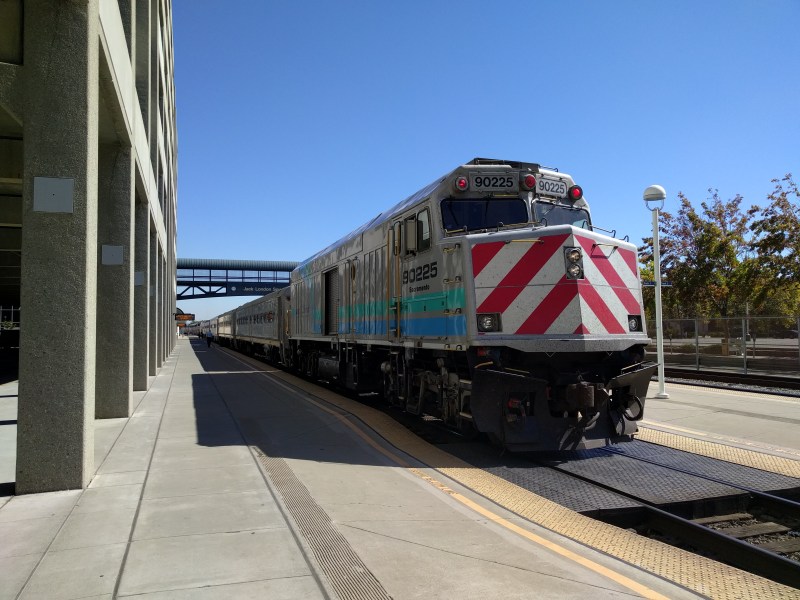In his first State of the State speech this morning, Governor Gavin Newsom said he wanted to "get real" about the California High-Speed Rail Program.
"Let's level about high-speed rail," he said. "The project, as currently planned, would cost too much and take too long. There’s been too little oversight and not enough transparency."
But, he reiterated, that does not mean it is time to end it. To those critics who say California should stop building it, he said, "Abandoning high-speed rail entirely means we will have wasted billions of dollars with nothing but broken promises and lawsuits to show for it."
"And by the way," he added, "I am not interested in sending $3.5 billion in federal funding back to Donald Trump. Because that's what it would take."
Even though there is currently no clear path for high-speed rail to connect Sacramento and San Diego, "let alone from San Francisco to L.A.," he said. "We do have the capacity to complete a high-speed rail link between Merced and Bakersfield."
Several news outlets have already interpreted his remarks to mean he wants to scale the project back to just the Central Valley, where construction has already begun and there are clear plans to complete the first segment. But that's not what he said. He pledged to finish the environmental work on Phase 1 of the program--which would connect San Francisco to Anaheim--and continue to pursue federal funding to complete the entire project.
Newsom clapped back at critics who call a Central Valley project a "train to nowhere." "I think that’s wrong, and I think that's offensive," he said. "The people of the Central Valley endure the worst air pollution in America, as well as some of the longest commutes. And they have suffered too many years of neglect from policymakers here in Sacramento. They deserve better."
The cities of the Central Valley are, he said "more dynamic than many realize." The region is renowned for agriculture, but is also "hungry for investment, a workforce eager for more training and good jobs.... who deserve a fair share of our state’s prosperity."
"High-speed rail is more than a train project," he said. As a tool for economic transformation, it could help "unlock the economic potential" and create the "backbone of a reinvigorated Central Valley."
Meanwhile, he plans to make immediate governance changes. "We’re going to hold contractors and consultants accountable to explain how taxpayer dollars are spent – including change orders, cost overruns, even travel expenses. It’s going online, for everybody to see," he said, calling it a "new day" for the program.
And he announced his pick for new chair of the California High Speed Rail Authority: Lenny Mendonca, who was recently appointed the governor's economic development director.
The High-Speed Rail Program is a very big infrastructure project, and while critics are quick to point out that funding is not lined up to complete the entire statewide project, that was never the plan. Breaking it up into separate pieces, getting it started by doing what could be done most easily, and pursuing funding for each separate piece was part of the original vision for the project--even when California voters passed Prop 1A to get the project started.
Finishing the Central Valley portion would, as Newsom points out, bring huge benefits to state residents. And it would make the rest of the project--the trickier parts--a lot more likely to happen.
